Ready for more literary adventures? Following our first selection, we’re back with another curated list of the most captivating novels set to make waves in 2025. Get ready to explore new worlds, meet unforgettable characters, and find your next must-read!
11. Hum by Helen Phillips
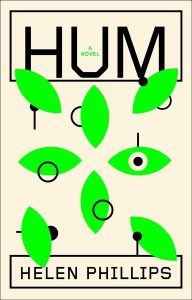
Helen Phillips’s “unnerving” third novel, Hum, is set in a “near-future dystopia” where humanoid robots, “hums,” have replaced most human jobs. As Olivia Ho in Literary Review explains, May Webb, newly redundant from her AI job, becomes a guinea pig for a facial reconstruction procedure to evade facial-recognition software. She uses some earnings for an “expensive getaway to the Botanical Garden,” leaving AI devices behind – a decision she will “later regret.” Karen Thompson Walker in The New York Times praises Hum for reading “like a work of beautifully observed contemporary realism” despite its sci-fi elements. It tells a simple, “propulsive” story of a “mother’s day-to-day struggles to keep her children safe,” solidifying Phillips’s position as a “most profound writer of speculative fiction.”
12. Killing Time by Alan Bennett
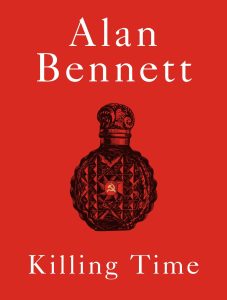
Alan Bennett’s new book, Killing Time, is a concise yet impactful “short story” that “contains multitudes,” according to Dominic Maxwell in The Times. Though just over 100 pages, it introduces readers to the diverse residents of a care home. As the year is 2020, a “mystery virus” inevitably brings anarchy to the home. Maxwell declares it a “late-period mini-masterpiece” by the 90-year-old Bennett. Max Liu in the Financial Times commends Bennett’s “brilliant” grasp of “queasy details” but finds the novel slightly hampered by “too many characters” and a muddled chronology.
13. Fathers and Fugitives by S.J. Naudé
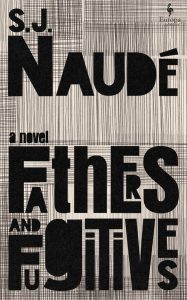
S.J. Naudé’s “strange and beautiful – if nihilistic – novel” Fathers and Fugitives follows Daniel, a gay South African writer, in a series of fragmented episodes, as described by Daniel Clarke in The TLS. Translated from Afrikaans, the narrative spans from sexual encounters in London to a surreal camping trip in Germany, before Daniel returns to South Africa to care for his dying father. Robert Collins in The Times praises the novel’s “magical way it wrong-foots you,” evolving from a portrait of a “drifting cosmopolitan” to a study of “post-Apartheid race relations” and a “heart-swelling” story about “how we raise boys.” This less-than-200-page book “packs an enormous punch” and is deemed “the perfect antidote” for an age of fragile masculinity.
14. Gliff by Ali Smith
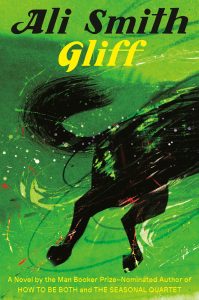
Following her acclaimed “Seasonal Quartet,” Ali Smith takes a “logical next step” with Gliff, a novel set in a dystopian near-future Britain where “unverifiables” face home demolitions, as noted by Alex Preston in The Observer. Bri, the novel’s non-binary narrator, and their sister find themselves on the run from a “faceless, terrifying and banal” bureaucracy. John Self in The Times commends Smith’s “rich and dazzling” language and her ability to remind readers that “novels are constructed, brick by brick, from individual words.” However, he criticizes the one-dimensional story, with “cookie-cutter authoritarians” as villains and Bri as a virtuous “innocent,” concluding that while “Smith admirers” will welcome Gliff, “agnostics” will remain “unpersuaded.”
15. Juice by Tim Winton
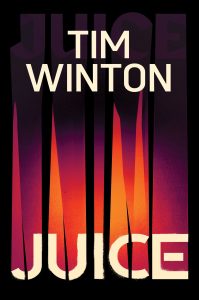
Australian novelist Tim Winton confronts the climate crisis head-on in his 13th novel, Juice, a gripping futuristic thriller set in a world transformed by rising temperatures. As James Bradley noted in The Spectator, the unnamed narrator, recruited by a shadowy organization called “the Service,” battles the descendants of billionaires and corporate executives who “cooked the planet.” Luke Kennard in The Daily Telegraph highlights the novel’s “dual pleasures”: a “Mad Max-style ‘high-octane’ thriller” and a detailed survival account reminiscent of Cormac McCarthy’s The Road. Winton’s “clean and unaffected” prose and “plausible and devastating” twists make for a “furious hymn to resilience, unsentimental and hard-won.”
You may also like:
16. Intermezzo by Sally Rooney
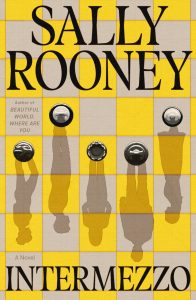
Despite some “Sally Rooney backlash,” her new novel, Intermezzo, should “silence the doubters,” according to Dwight Garner in The New York Times, who admired it “almost without reservation.” This “wise, resonant and witty” book delves into the lives of two brothers, Peter and Ivan, as they mourn their father. Love remains the “primary subject,” with Peter “caught between two women” and Ivan falling for an older arts worker. Anthony Cummins in The Observer calls it Rooney’s “richest treatment yet of messy romantic entanglements,” noting the absence of self-consciousness from her previous work. The novel “leans fully into her gifts,” exploring how past defining events play out in the present, leaving the reader with a “stingingly true to life” sense of layered grief.
17. We Do Not Part by Han Kang
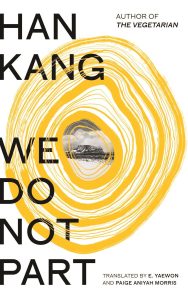
Nobel Prize winner Han Kang’s first novel since her award is narrated by Kyungha, an author consumed by the 1948 Jeju uprising, a brutal historical event in South Korea where 30,000 people were killed. As Houman Barekat in The Sunday Times explains, Kyungha’s friend, Inseon, from the island, is hospitalized and asks Kyungha to brave a snowstorm to feed her pet bird. There, confronted by ghosts, Kyungha uncovers how the massacre devastated Inseon’s family. Megan Walsh in The New Statesman notes the shift into magical realism in the second half, raising the possibility of Kyungha being a ghost herself. While not shying from human cruelty, Han balances this with “delicate, miraculous moments” of hope, gently awakening the needlessly dead in readers’ imaginations.
18. Dream Count by Chimamanda Ngozi Adichie
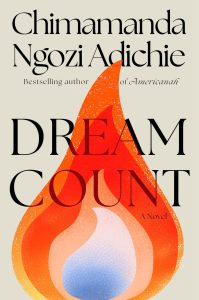
Chimamanda Ngozi Adichie, best known for her viral TEDx talk “We Should All Be Feminists,” returns with Dream Count, a “scintillating account of the trials of four African women living on both sides of the Atlantic,” as described by Johanna Thomas-Corr in The Sunday Times. The novel, a “big, noisy novel” despite its themes of female hardship, is “no grim misandrist slog” but “adroitly anatomises contemporary culture and is often ‘extremely funny’.” Ron Charles in The Washington Post details the quartet of characters: three “well-off women seeking love” and a Guinean hotel maid, Kadiatou, modeled after Nafissatou Diallo. Adichie’s ability to plumb her characters’ “desires… hopes and anxieties” ensures equal care for each, a welcome return for the acclaimed novelist.
19. Perspectives by Laurent Binet
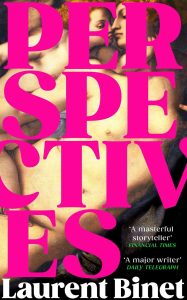
Laurent Binet, known for making history “fun,” delivers another thriller with Perspectives, set in the Renaissance. George Cochrane in The Daily Telegraph highlights Binet’s talent, seen in HHhH and The 7th Function of Language. This new novel centers on the suspicious death of real-life Florentine painter Jacopo da Pontormo, leading “great art historian Giorgio Vasari” to investigate. Edward Wilson-Lee in The Times notes the novel’s unfolding as a series of letters, featuring “leading figures” like Michelangelo and Bronzino. Binet’s blend of knowledge and playfulness offers readers an education in the Renaissance while enjoying a “racy” whodunnit with “twists galore and a ‘satisfying denouement’.”
20. Long Island Compromise by Taffy Brodesser-Akner
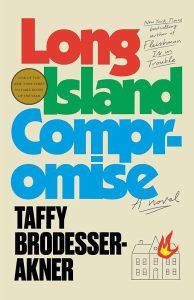
Taffy Brodesser-Akner’s Long Island Compromise, the follow-up to Fleishman Is in Trouble, delves into “inherited trauma” while remaining “a heck of a lot of fun,” according to Marianne Levy in The Independent. The novel begins in 1980 with the kidnapping of factory owner Carl Fletcher, and explores how his ordeal impacts his three children: the anxious Nathan, screenwriter Beamer, and union organizer Jenny. Susie Goldsbrough in The Times praises the novel’s “maximalist swagger” in the tradition of David Foster Wallace and Jonathan Franzen. However, she found the narrative voice “oddly impersonal,” preventing her from fully connecting with the travails of this “majestically monstrous” family.